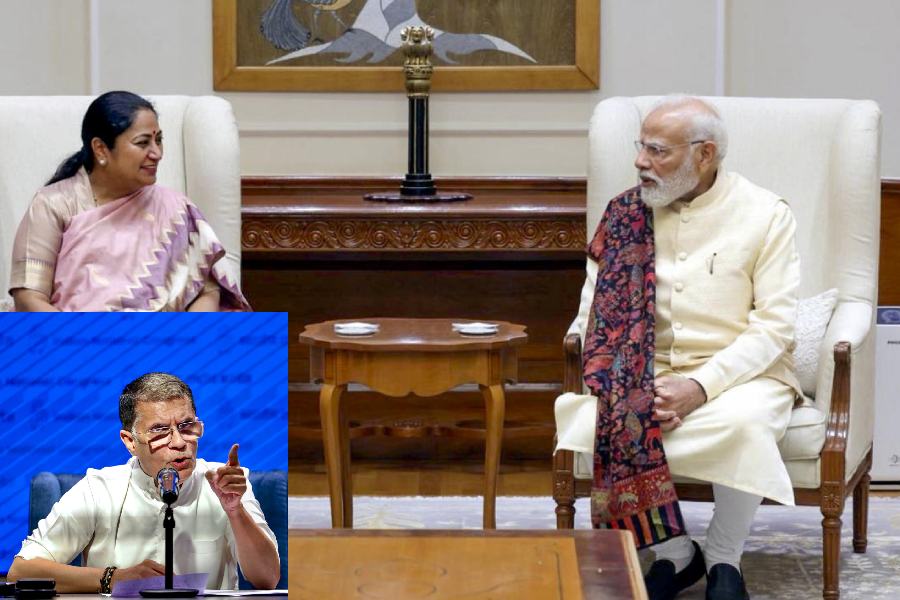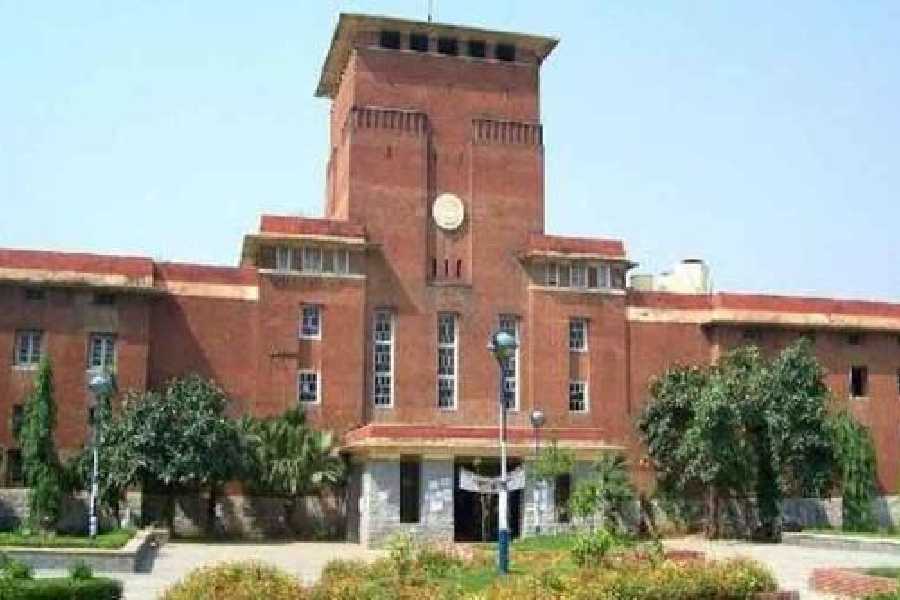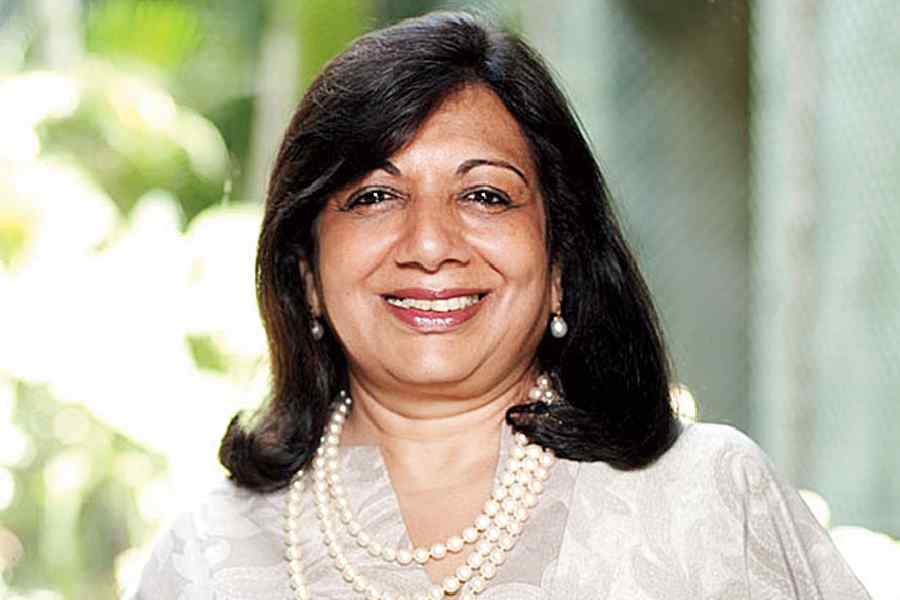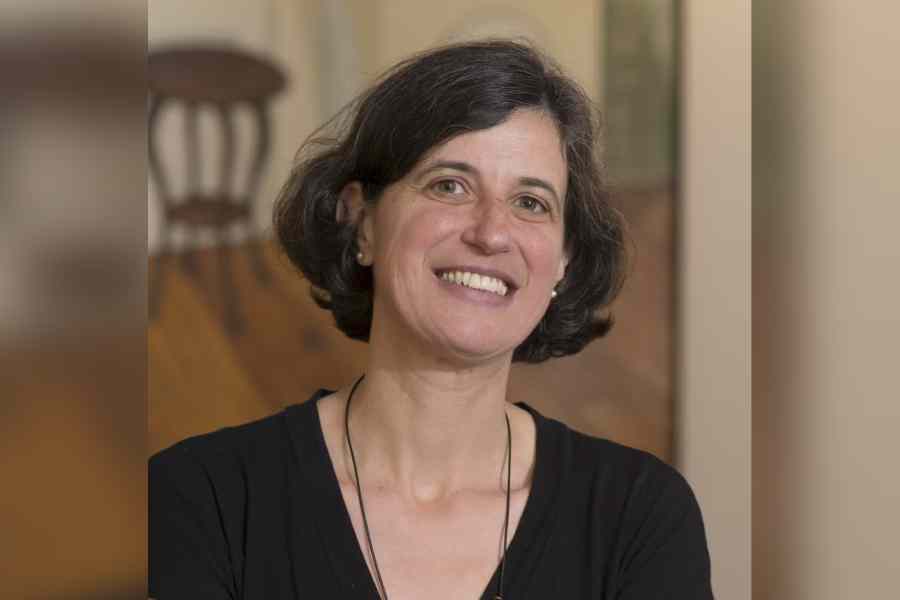Rajmahal (Sahebganj), April 16: At a time when the government is hardselling the state as tourist paradise, it is surprising why no attempt is being made to preserve and showcase Rajmahal, one of the historical hotspots, which lies in ruin.
Former chief minister Babulal Marandi, who wanted to develop his home turf, Dumka, into the second capital of the state, did precious little to promote Rajmahal as a tourist spot. Rajmahal was the capital of united Bengal, comprising Bengal, Bihar and Orissa, during Siraj-ud-daulah’s rule.
Situated on the bank of the Ganges, Rajmahal has seen powerful rulers like Akbar, Raja Man Singh and Prince Shah Shuja. For a brief period, Rajmahal was under the rule of the Marathas. The decisive Battle of Plassey, which sealed the fate of the Nawabs of Bengal, was fought here.
But all that remains of the glorious days are ancient monuments, which are in ruin. Historian Brajesh Tiwari had once said: “It was the end of glory for Rajmahal and the reign of apathy continues to haunt the place even after Independence and creation of Jharkhand”.
Some historians have traced the downfall of Rajmahal to the plague in 1942-43, following which the British government decided to shift the subdivisional headquarters to Sahebganj. Others have pointed out that after Independence, since the Indian government constructed the Farakka barrage across the Ganges, the harbour at Rajmahal was rendered useless till it was closed.
Though the British shifted the district headquarters to Sahebganj, both the Parliamentary and Assembly constituencies of the entire area are know as Rajmahal. From former chief minister of united Bihar Pandit Binodanand Jha (elected from this constituency on 1957) to Marandi, none have taken initiative to protect the heritage of the place, which is a reservoir of cultural and political history of India.
Few are aware that the Mughal bridge (72 m by 72 m), which is about 5 km from the town, was built by Raja Man Singh. The Rajput king had defeated Bengal in the last quarter of the 16th century, and made Rajmahal his capital. During his brief rule, he constructed the Jama masjid, Akbari mosque, and the Singhi Dalan, which are architectural marvels.
Years of neglect have taken its toll on the dancing hall of Prince Shuja (brother of Aurangzeb), the tombs of Miran (son of Mir Jafar who plotted against Siraj-ud-daulah), and Mina Bibi tomb. The coin factory set up by the East India Company is in a shambles.
The Rajmahal railway station is the second oldest station in India. The Rajmahal to Bardwan (West Bengal) rail track was one of the first few railway lines to be built. Ironically, the Rajmahal-Tinpahar train, which covers 12 km six times every day, has only four bogies, with no basic facilities like water, light or toilet.
The former chief justice of Jharkhand, B.K. Gupta, who visited Rajmahal last year, was annoyed with the government’s apathy towards preservation of the historical monuments. “It is our heritage, we should protect it for the future generation to see,” he had said during his visit to the Victoria Diamond Jubilee Library, which was established in 1887.
Sanjeev Gupta, a businessman, said if the approach roads to the town were developed, tourism could get a fillip. “Beside the old historical heritages, Jharkhand’s only bird sanctuary — Uduwa bird sanctuary — is also located in Rajmahal subdivision,” he said.










